Have you ever needed to create a quick GPS track, plot a few points on a map, and generate shareable spatial data on the fly in the field? This browser app utilizes your browser’s local storage to save GeoJSON features as you create them interactively, using your mobile device’s GPS or manually placing points. Your data is kept on your device and is never shared until you decide to export a GeoJSON file. The base maps in this app use KyFromAbove’s latest high-resolution aerial imagery and elevation data.
Start GPS mapping through this website:

 Viewer interface
Viewer interface Viewer interface
Viewer interface Viewer interface
Viewer interface Phase 1 decrease in height
Phase 1 decrease in height Phase 2 increase in height
Phase 2 increase in height Phases combined
Phases combined Phase 2 colorized with aerial photography
Phase 2 colorized with aerial photography Oblique of Frankfort
Oblique of Frankfort Viewer interface
Viewer interface Viewer interface
Viewer interface Viewer interface
Viewer interface Oblique of Laurel Lake
Oblique of Laurel Lake Search by flight and shot ID
Search by flight and shot ID Attributes of image footprint centroid
Attributes of image footprint centroid


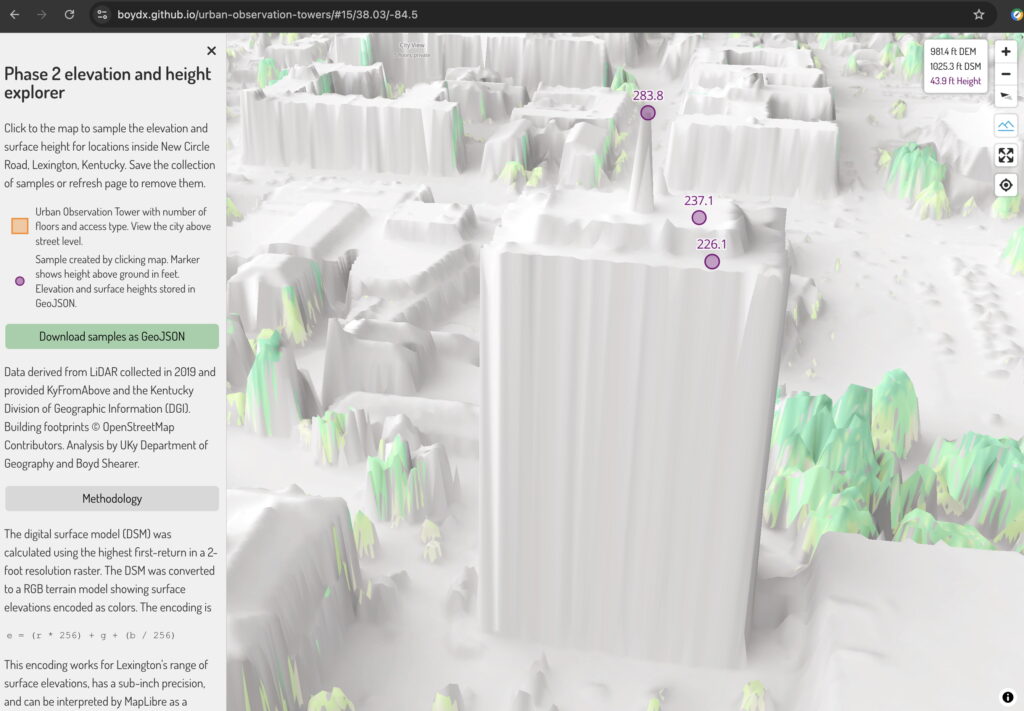
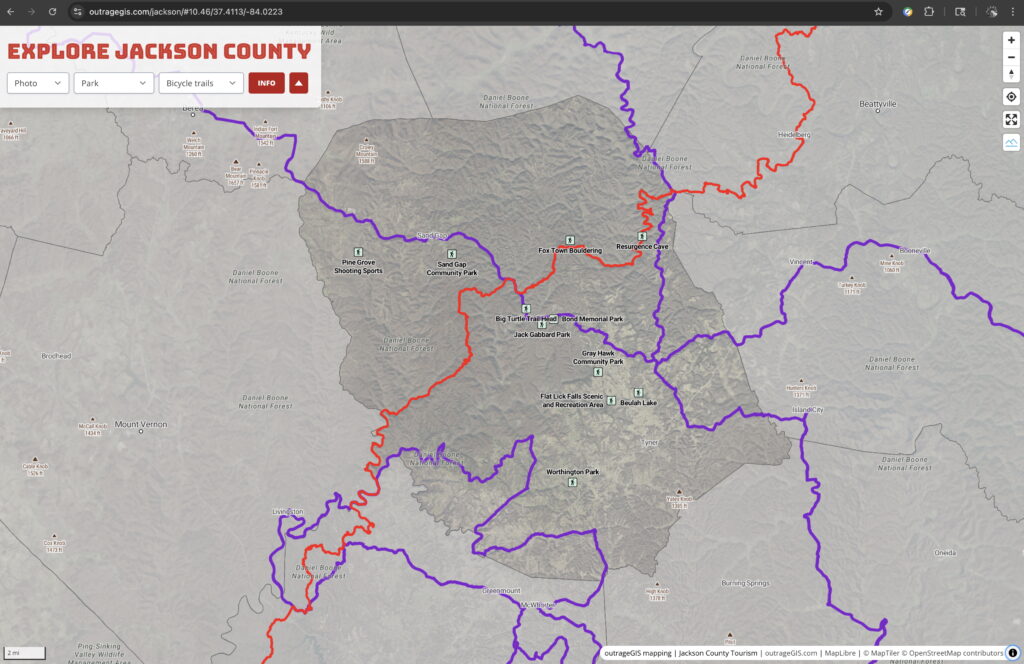



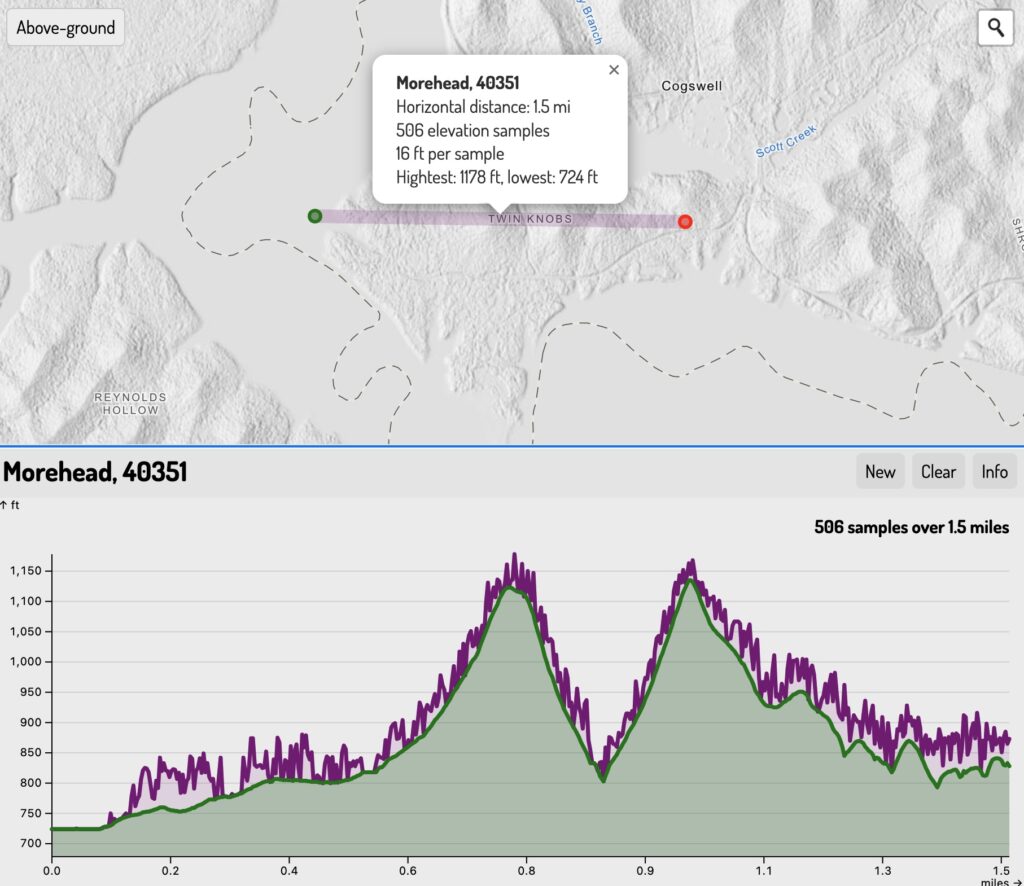
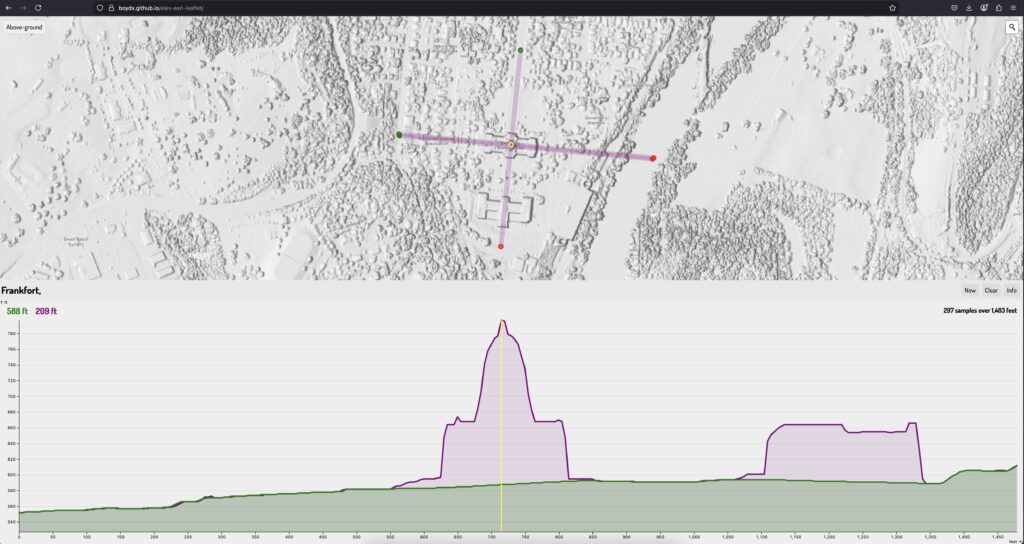


 KyFromAbove Data Explorer
KyFromAbove Data Explorer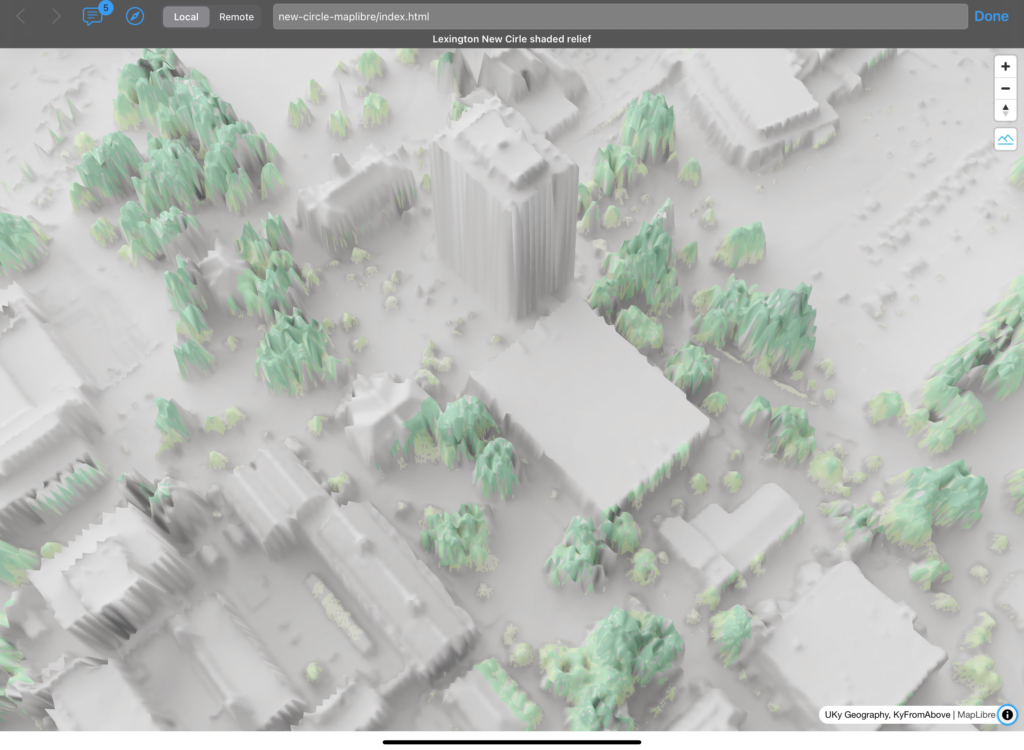
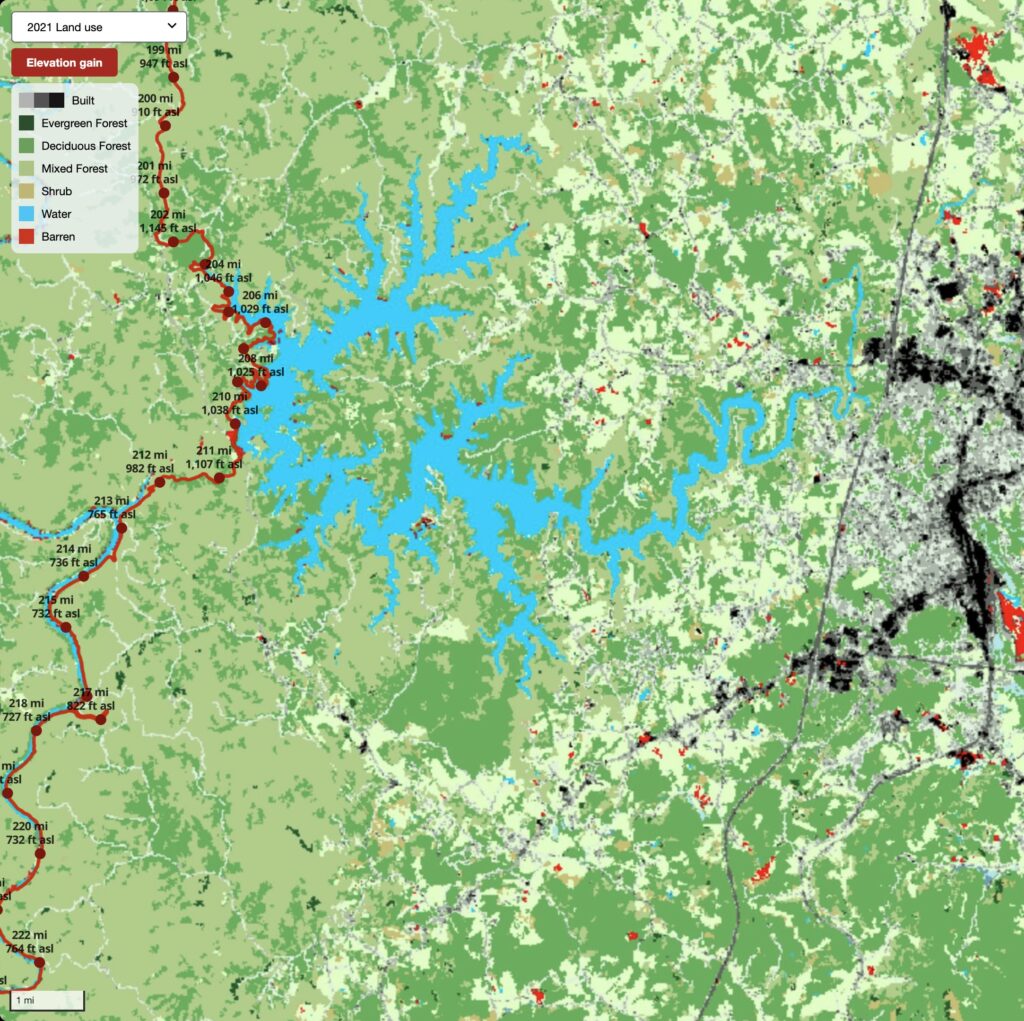
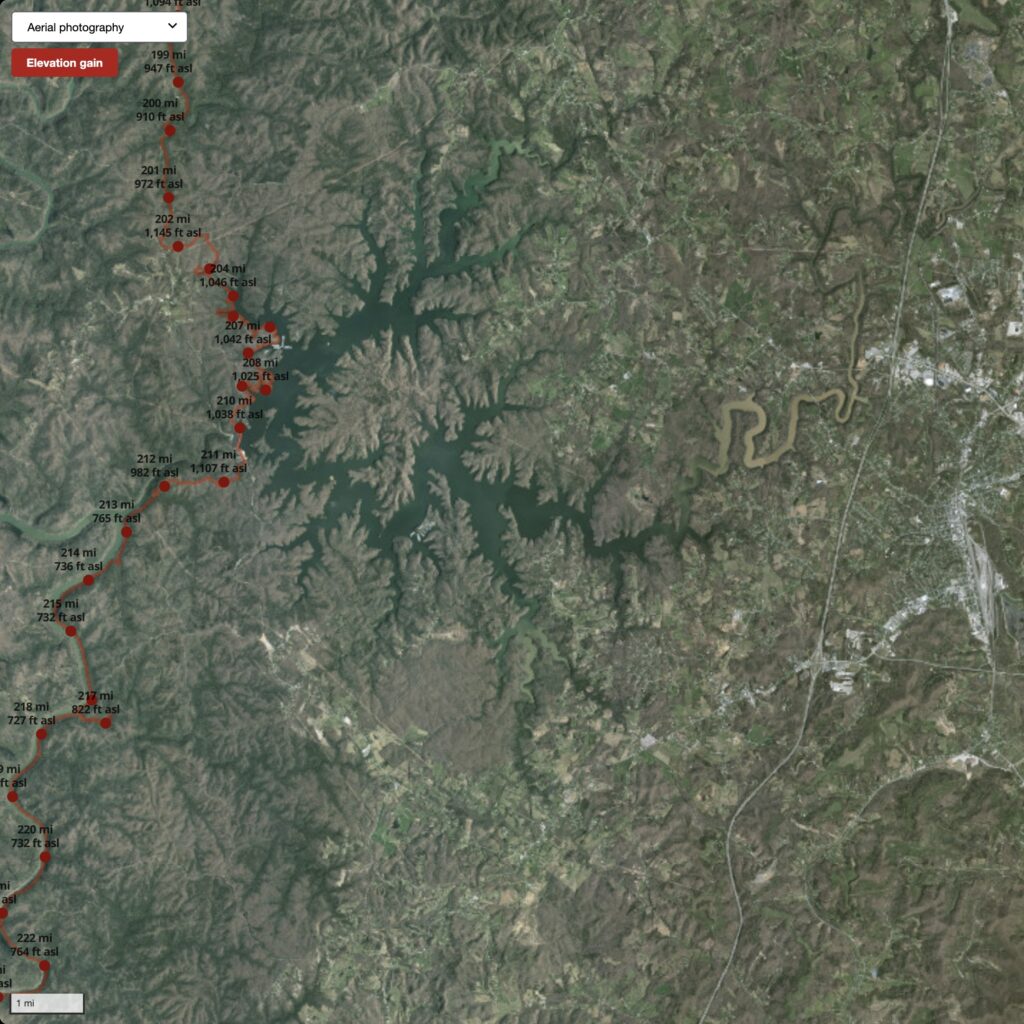
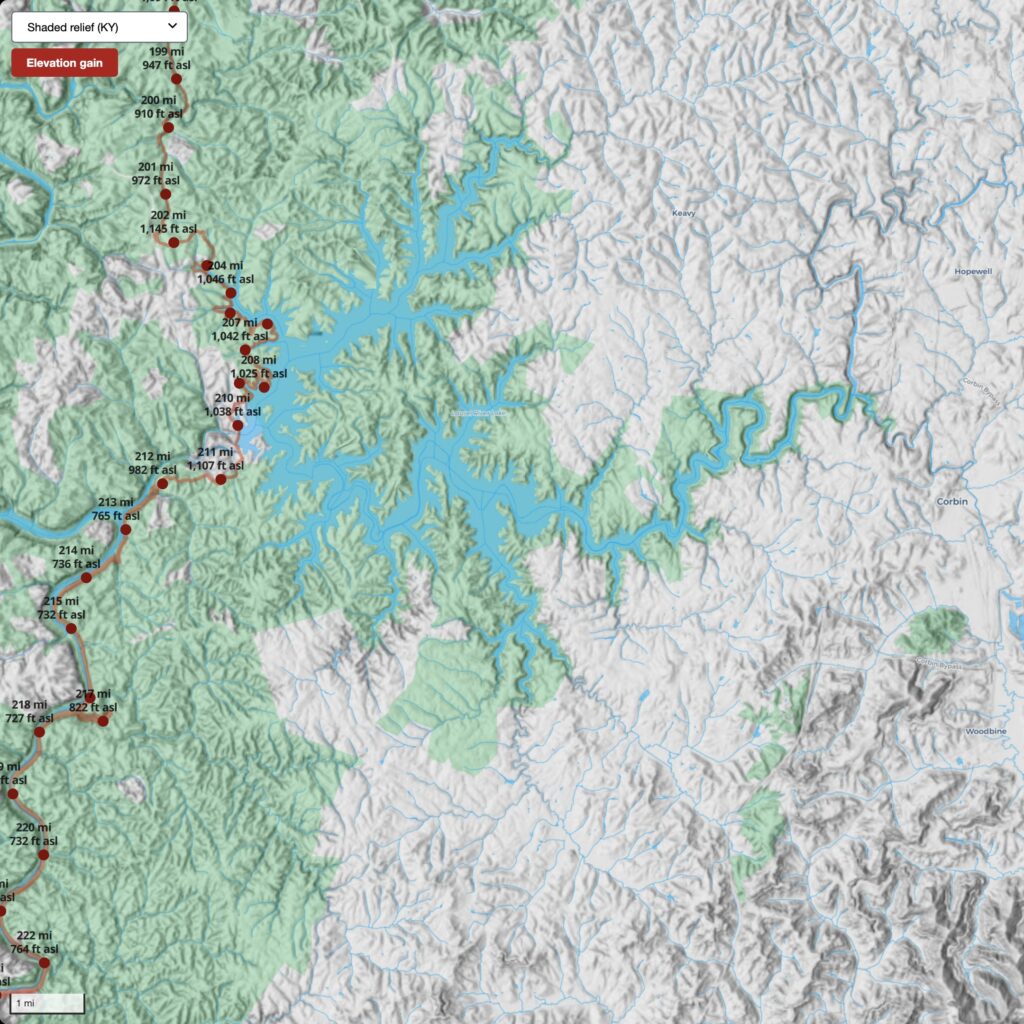
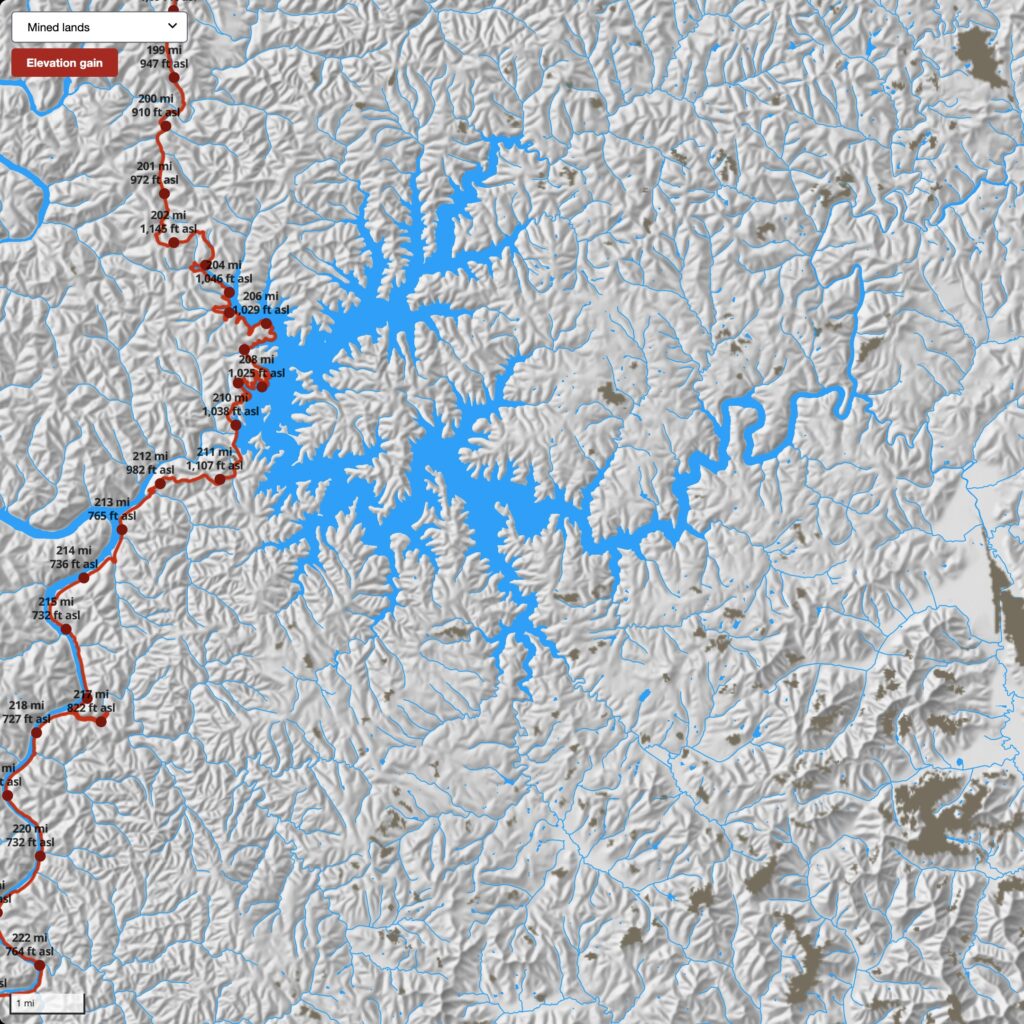
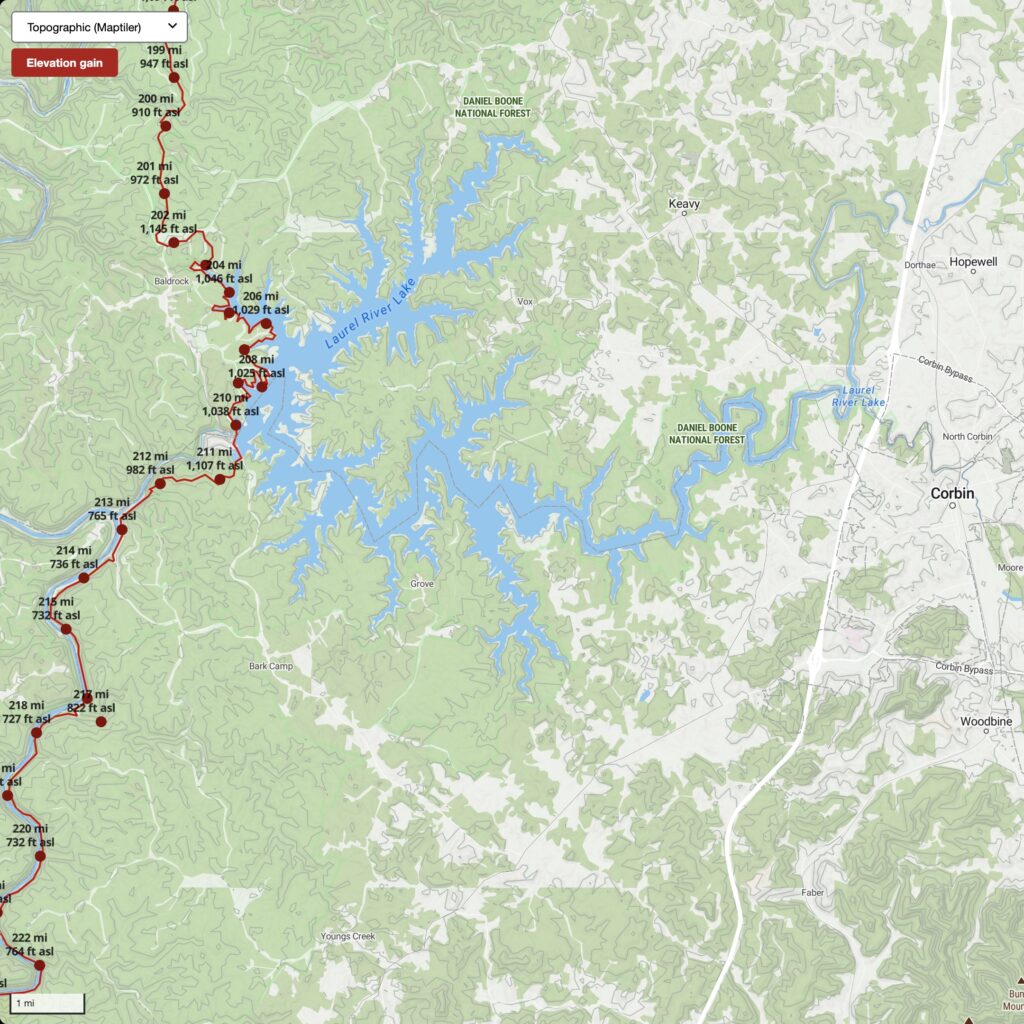


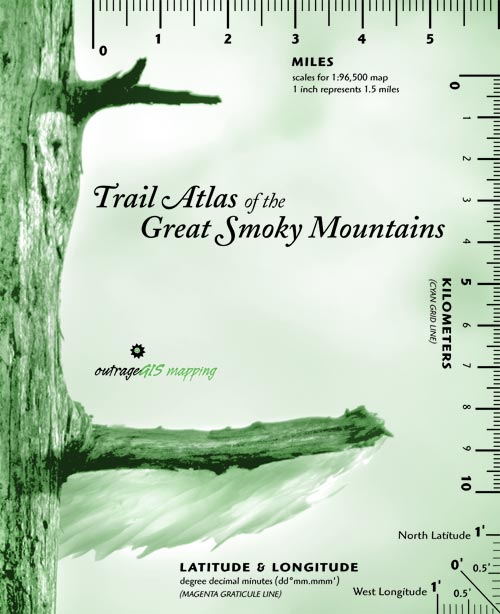
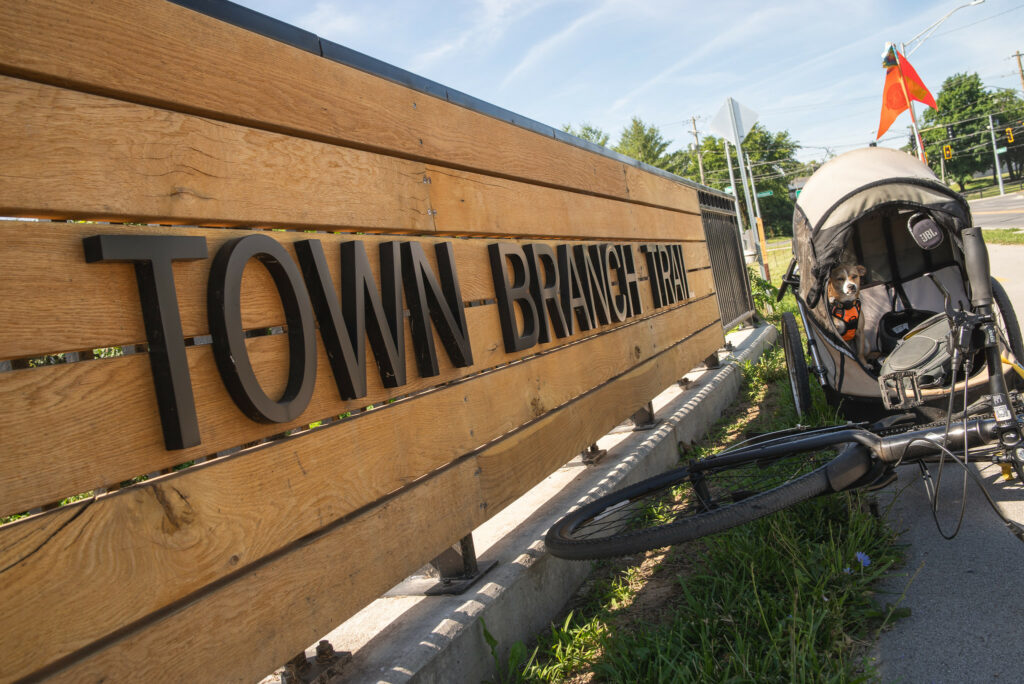
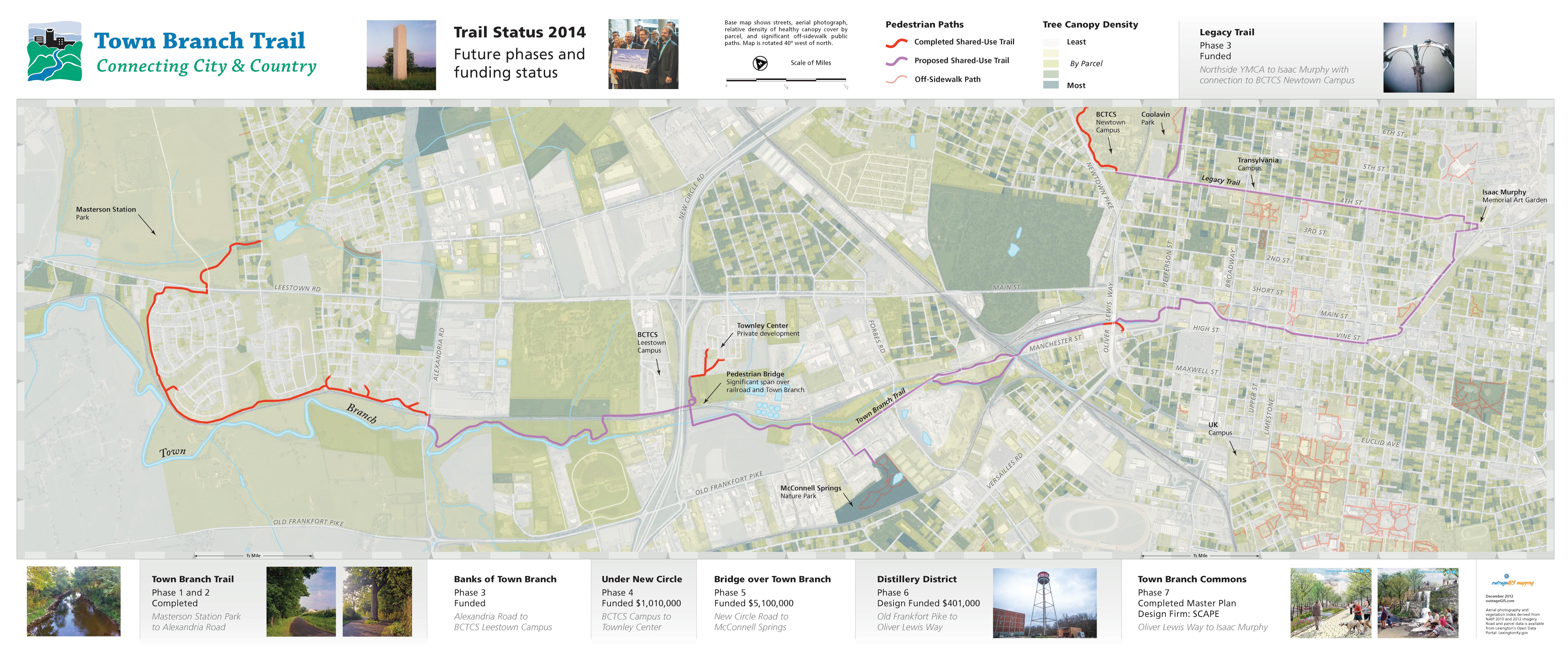
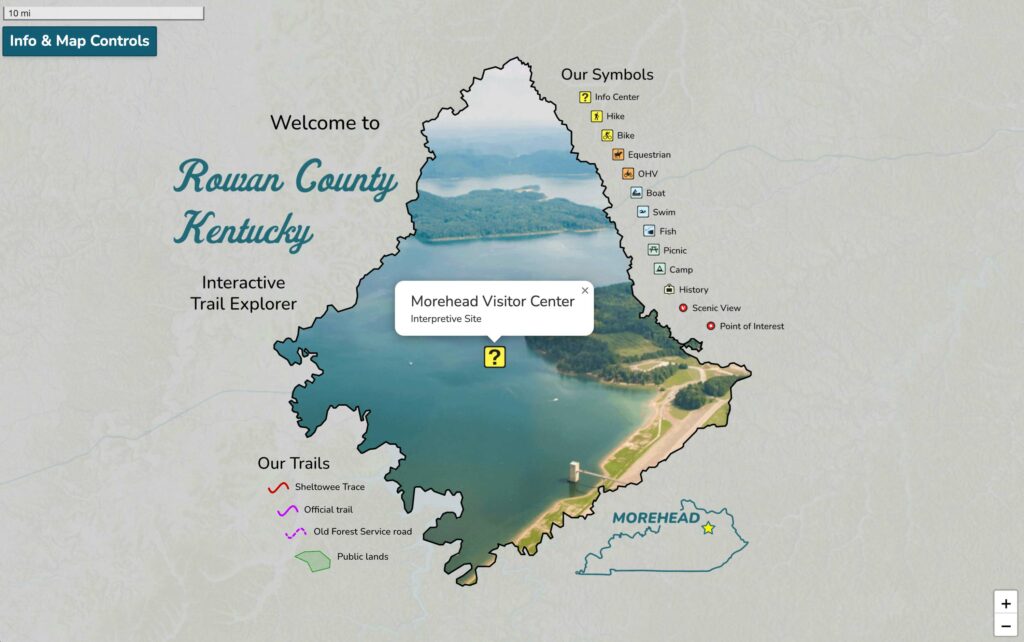
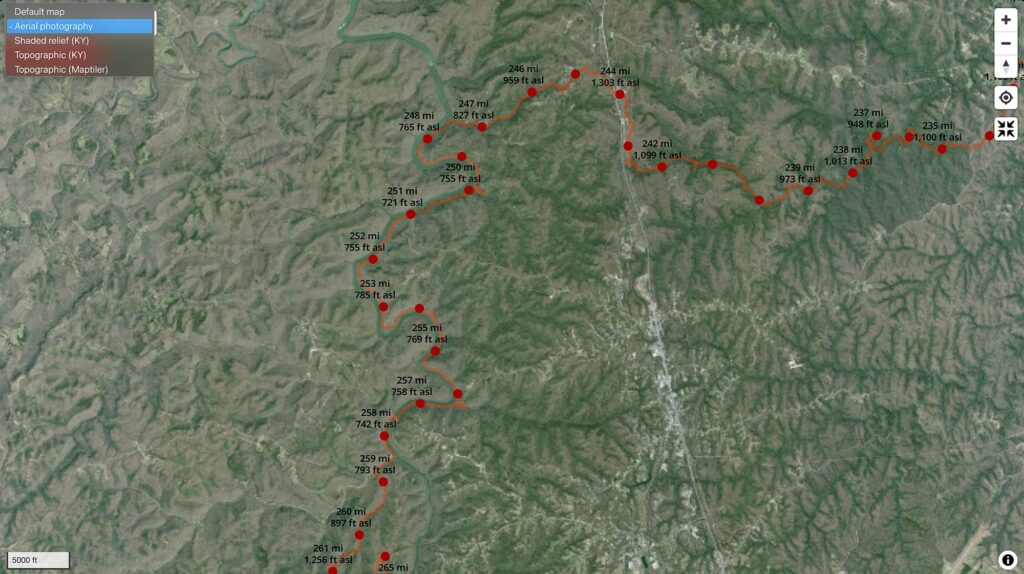




You must be logged in to post a comment.